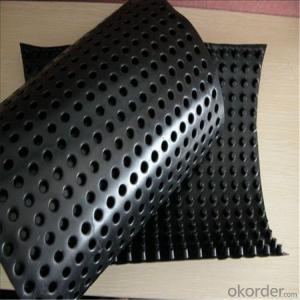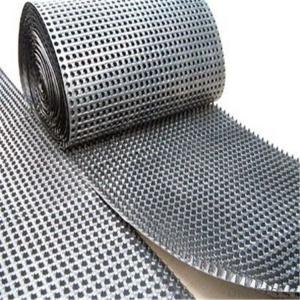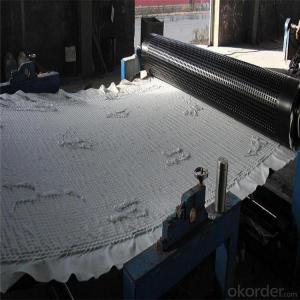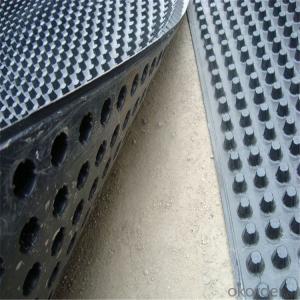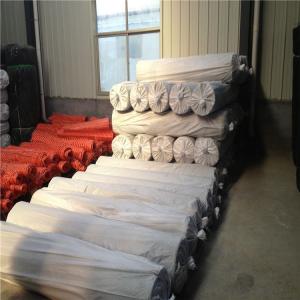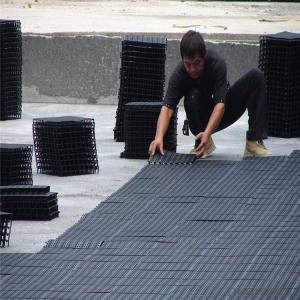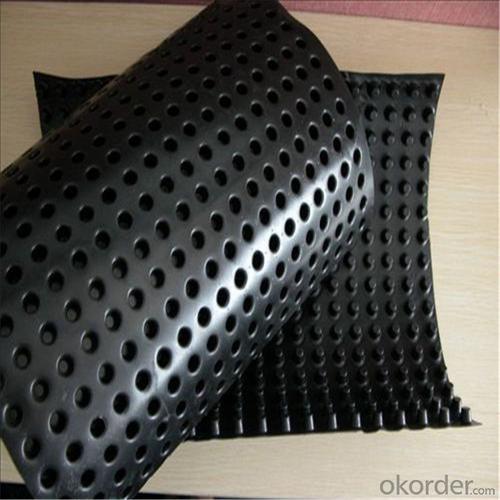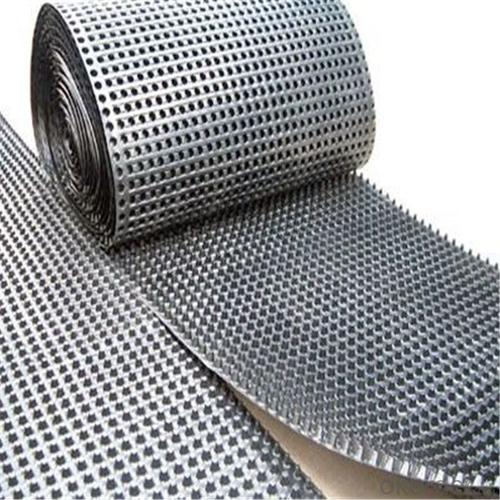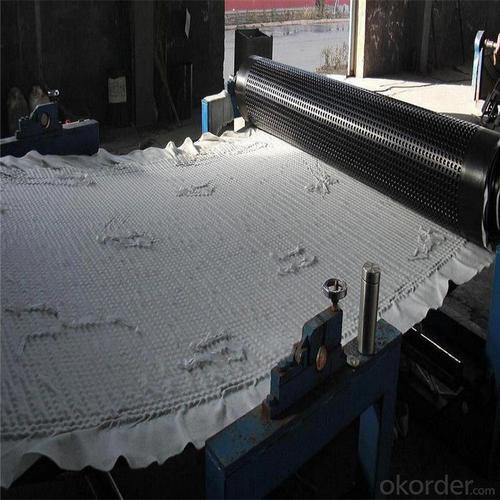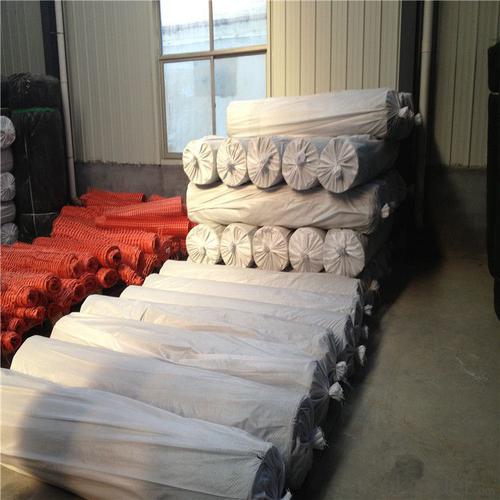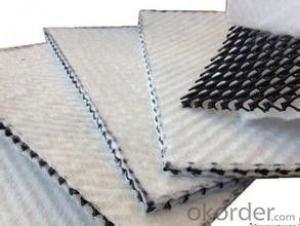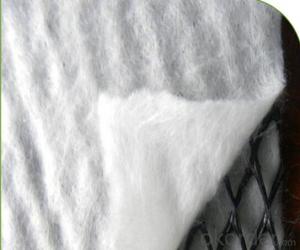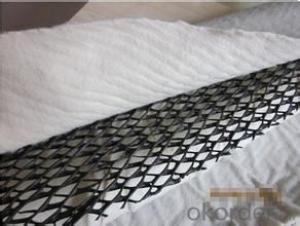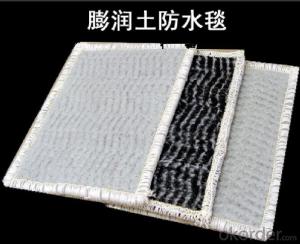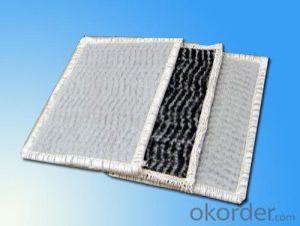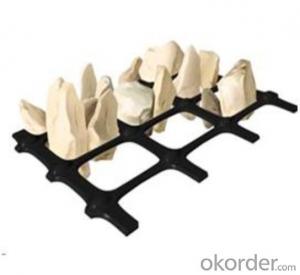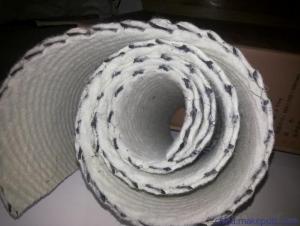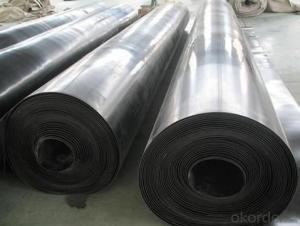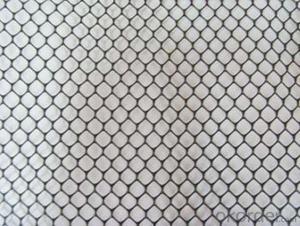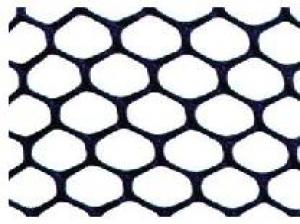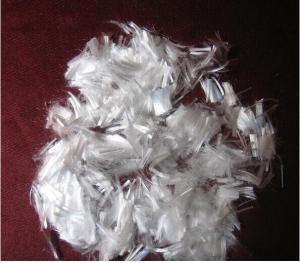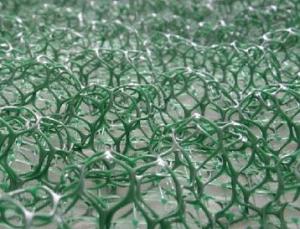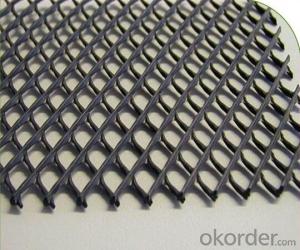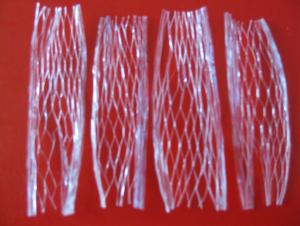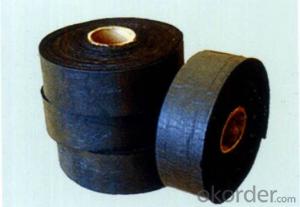Geonet with High-Density Polyethylene (HDPE) and Ultravioresistant
- Loading Port:
- Qingdao
- Payment Terms:
- TT or LC
- Min Order Qty:
- 1000 g/m²
- Supply Capability:
- 100000 g/m²/month
OKorder Service Pledge
OKorder Financial Service
You Might Also Like
Product Specification---Geonet
Introduction: Geonet is made of high-density polyethylene (HDPE) and the ultravioresistant
agent
Features:
1.Aging resistance
2.Erosion resistance
3.Good Flexibility
Application:
1. Using the geonet on the roadbed of the roadway and railway can distribute the load effectively, improve the loading capacity and the stability of the roadway, and prolong its service life.
2. Spreading the geonet on the slope of road can prevent landslides, conserve water and soil, beautify the environment.
3. Spreading the geonet in the dyke protection in the reservoir and the river can protect it from the landslide.
4. Using the geonet in the coast engineering can amortize the concussion and the erosion of the
surf
Properties of geonet
Item Spec | CE121 | CE131 | CE151 | CE181 | DN1 | HF10 |
Mass per unit area (g/㎡) | 730±35 | 630±30 | 550±25 | 700±35 | 750±35 | 124±60 |
Mesh size (mm) | (8±1)× (8±1) | (27±2)× (27±2) | (74±5)×(74±5) | (90±10)×(90±10) | (10±1)×(10±1) | (10±1)×(6±1) |
Width(m) | 2 or 2.5 | |||||
Length(m) | 50 or 40 | |||||
Maximum tensile strength (KN/m)≥ | 6.2 | 5.8 | 5.0 | 5.77 | 6.0 | 18 |
Note: The special spec or size can be manufactured according to the demands of the contract
Images of Geonet
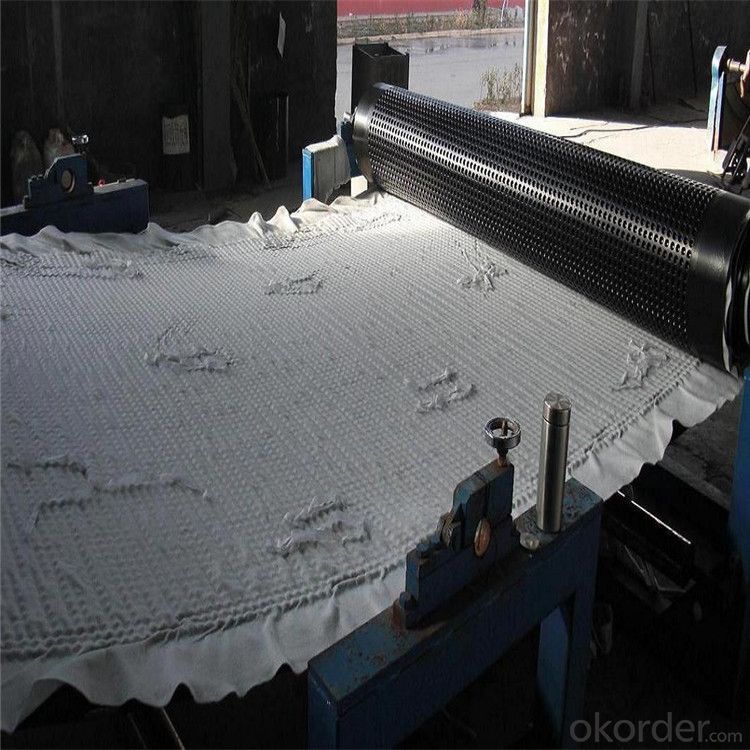
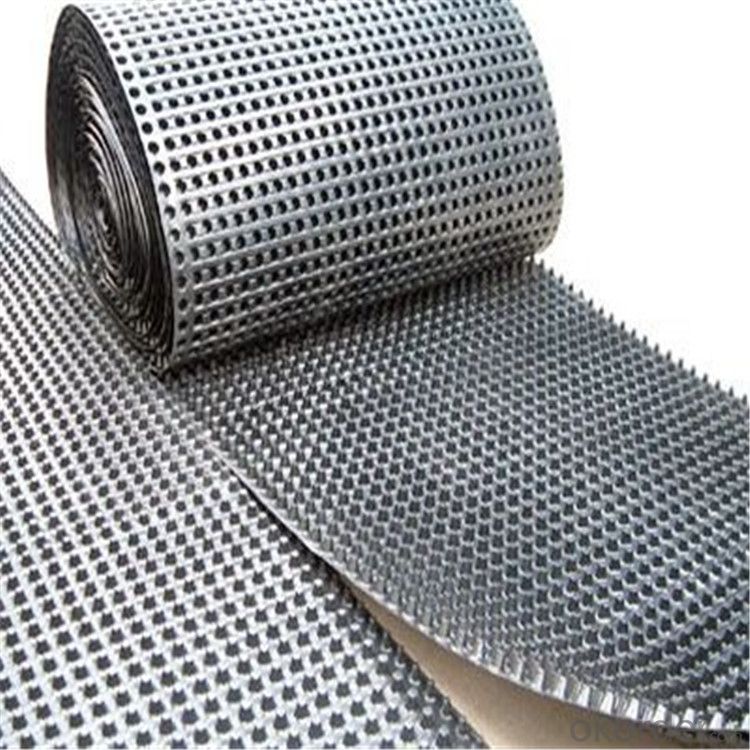
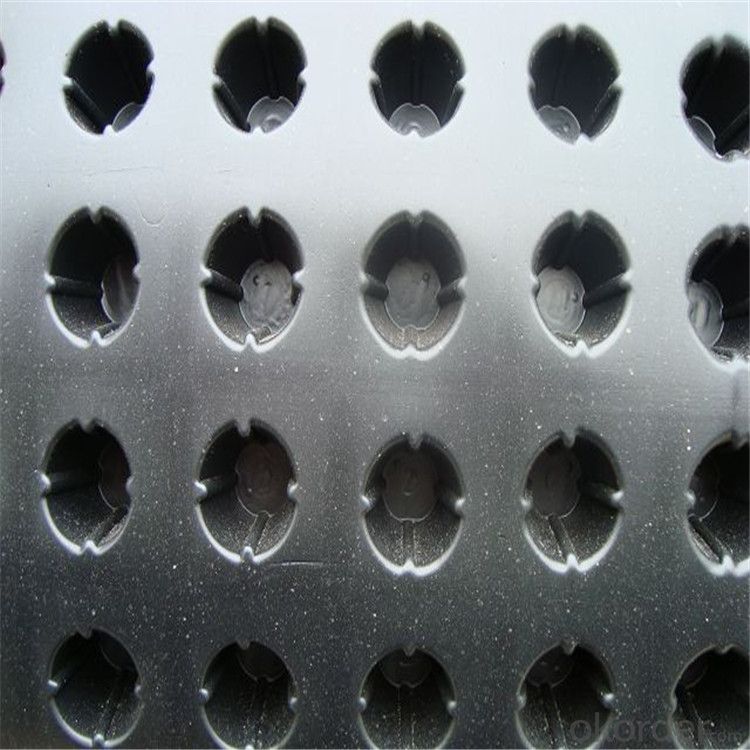
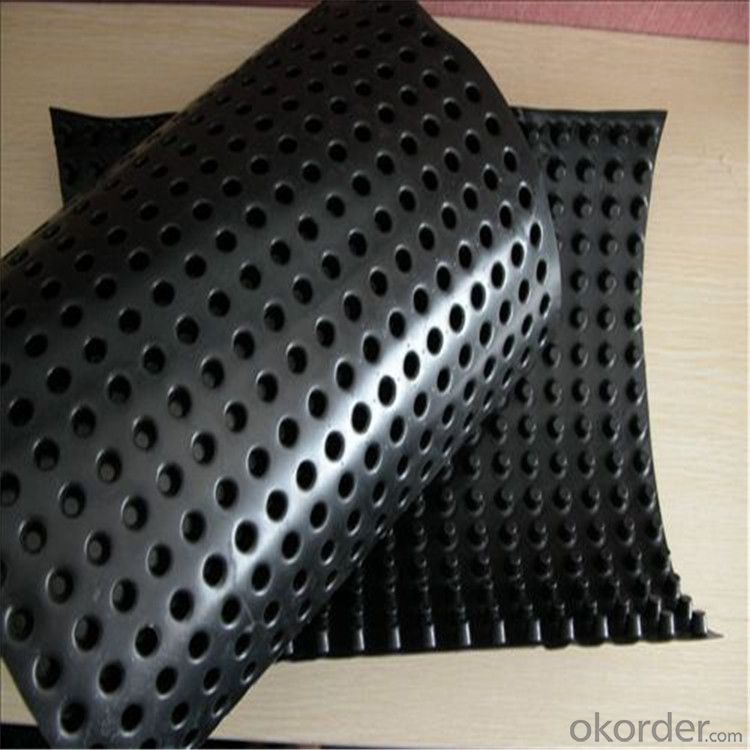
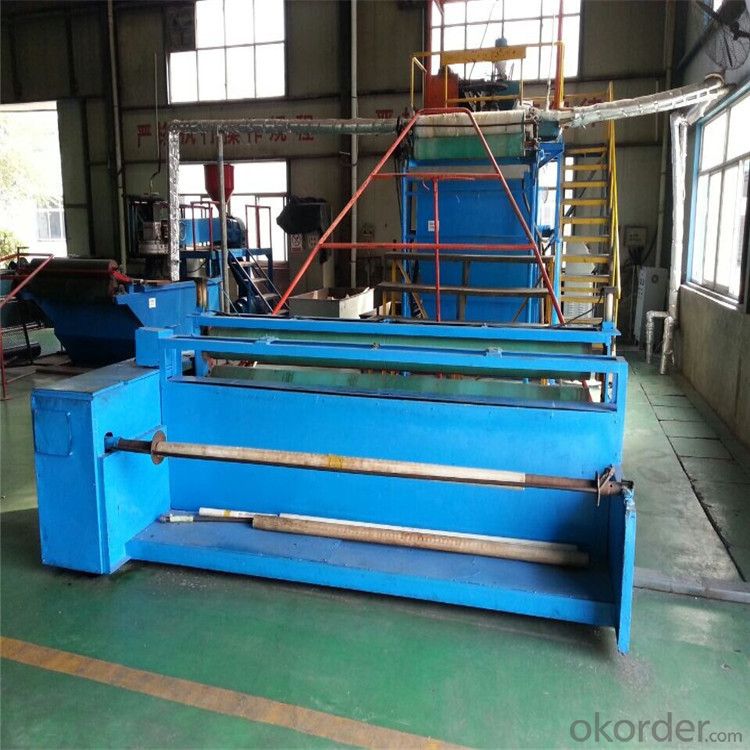
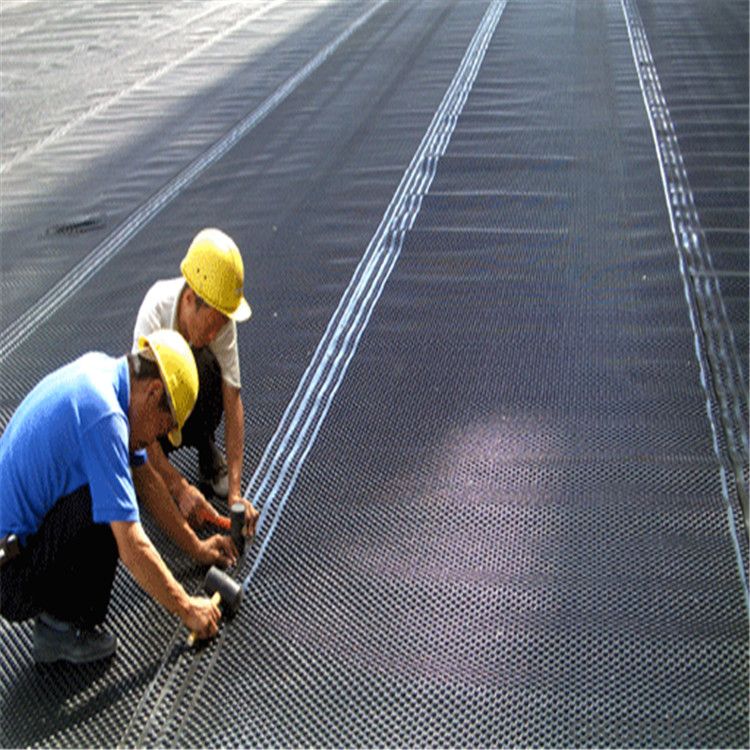
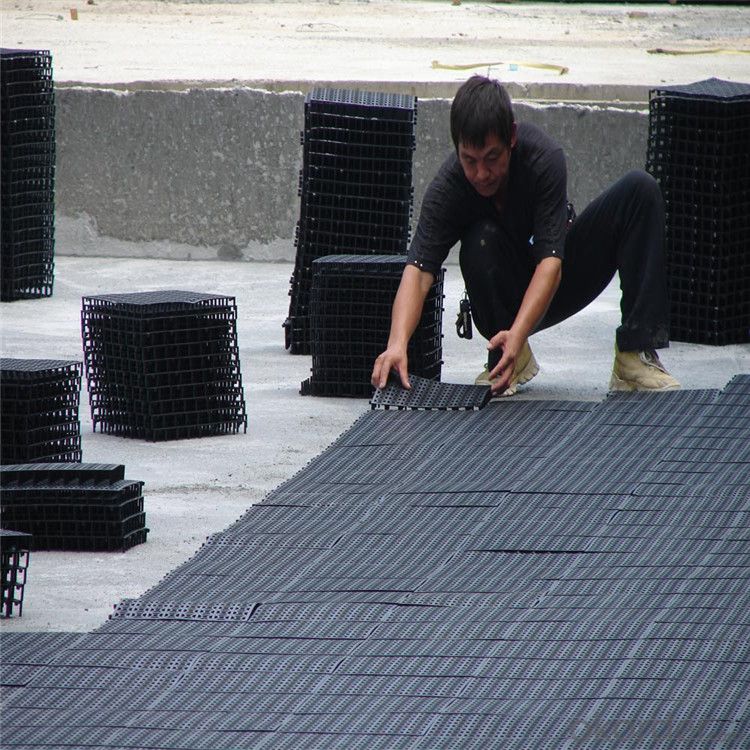
- Q: How do earthwork products help with water quality improvement?
- Earthwork products, such as sediment control devices and erosion control measures, play a crucial role in improving water quality. These products help prevent soil erosion, sediment runoff, and the release of pollutants into water bodies. By effectively managing stormwater runoff and sediment control during construction activities, earthwork products help reduce the amount of sediment and pollutants entering streams, rivers, and lakes. This ultimately leads to improved water quality, as it helps protect aquatic ecosystems and ensures the availability of clean water for human consumption.
- Q: Are earthwork products suitable for slope stabilization?
- Yes, earthwork products such as geotextiles, geogrids, and erosion control blankets are commonly used for slope stabilization. These products help reinforce the soil and prevent erosion, providing stability to slopes and reducing the risk of landslides.
- Q: What are the benefits of using geosynthetic reinforcements in retaining walls?
- There are several benefits of using geosynthetic reinforcements in retaining walls. Firstly, they enhance the stability and strength of the wall, allowing it to withstand higher loads and pressures. Secondly, geosynthetics prevent soil erosion and improve drainage, reducing the risk of water buildup behind the wall. Additionally, they can increase the lifespan of the retaining wall by providing resistance against environmental factors such as frost heave and soil settlement. Lastly, geosynthetic reinforcements are cost-effective compared to traditional methods, as they require less material and labor during construction.
- Q: Are earthwork products resistant to chemical leaching?
- No, earthwork products are not typically resistant to chemical leaching.
- Q: How do geosynthetic drainage products help with water management in earthwork projects?
- Geosynthetic drainage products play a vital role in water management in earthwork projects by effectively controlling and directing the flow of water. These products, such as geotextiles and geocomposites, provide excellent drainage capabilities, preventing the accumulation of water and maintaining the stability and integrity of the soil. They help to control erosion and maintain the strength of the soil, ensuring the durability of earthwork structures. Additionally, geosynthetic drainage products offer improved filtration, allowing water to pass through while preventing the migration of fine particles, thus enhancing the overall performance and longevity of the project.
- Q: What is the purpose of using geotextile bags in streambank protection?
- The purpose of using geotextile bags in streambank protection is to prevent erosion and provide stability to the streambank. The bags act as a barrier against the force of water, while still allowing water to flow through. They help to retain soil and prevent it from being washed away, protecting the streambank from further degradation.
- Q: Can geosynthetics be used for reinforcement in landslide mitigation?
- Yes, geosynthetics can be used for reinforcement in landslide mitigation. Geosynthetics such as geotextiles, geogrids, and geocells can effectively improve the stability and strength of slopes, reducing the risk of landslides. They provide reinforcement by preventing soil erosion, improving drainage, and enhancing slope stability, ultimately helping to mitigate landslides.
- Q: Can geosynthetics be used for lining wastewater treatment plants?
- Yes, geosynthetics can be used for lining wastewater treatment plants. Geosynthetics, such as geomembranes and geotextiles, provide a cost-effective and efficient solution for containing and controlling wastewater in treatment plants. They offer excellent resistance to chemical and biological degradation, as well as superior durability, flexibility, and impermeability, which are crucial for preventing leakage and protecting the environment. Additionally, geosynthetics help in reducing installation time and maintenance costs, making them a suitable choice for lining wastewater treatment plants.
- Q: Are earthwork products resistant to weathering?
- Earthwork products, such as soil, rocks, and gravel, are generally resistant to weathering to some extent. However, their resistance may vary depending on the specific type of material and the prevailing weather conditions. While some earthwork products may be more durable and less prone to weathering, others may be more susceptible to erosion, degradation, or disintegration over time due to exposure to wind, rain, temperature changes, and other environmental factors. Therefore, it is important to consider the specific characteristics and composition of the earthwork product in question when assessing its resistance to weathering.
- Q: Are earthwork products suitable for road construction?
- Yes, earthwork products such as soil, gravel, and rock are frequently used in road construction. These materials are often used as the base or sub-base layers of roads to provide stability, strength, and drainage. Additionally, earthwork products can be used for embankments, slopes, and other grading purposes in road construction projects.
Send your message to us
Geonet with High-Density Polyethylene (HDPE) and Ultravioresistant
- Loading Port:
- Qingdao
- Payment Terms:
- TT or LC
- Min Order Qty:
- 1000 g/m²
- Supply Capability:
- 100000 g/m²/month
OKorder Service Pledge
OKorder Financial Service
Similar products
Hot products
Hot Searches
Related keywords
